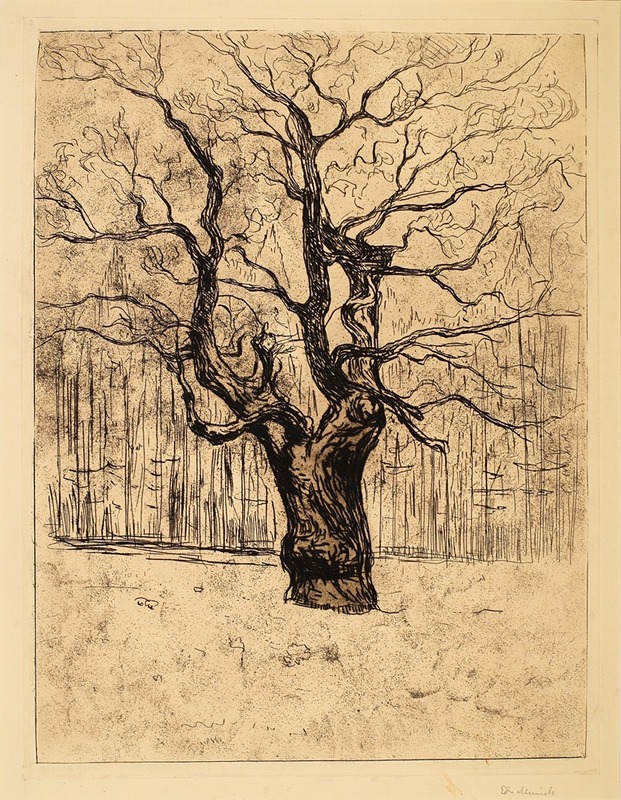
The Oak
A hand-painted replica of Edvard Munch’s masterpiece The Oak, meticulously crafted by professional artists to capture the true essence of the original. Each piece is created with museum-quality canvas and rare mineral pigments, carefully painted by experienced artists with delicate brushstrokes and rich, layered colors to perfectly recreate the texture of the original artwork. Unlike machine-printed reproductions, this hand-painted version brings the painting to life, infused with the artist’s emotions and skill in every stroke. Whether for personal collection or home decoration, it instantly elevates the artistic atmosphere of any space.
Edvard Munch, a Norwegian painter renowned for his evocative and emotional works, created "The Oak" in 1906. This painting is part of Munch's broader exploration of nature and its symbolic meanings, a theme that recurs throughout his oeuvre. Munch is best known for his iconic work "The Scream," but his other paintings, including "The Oak," also reflect his deep engagement with psychological themes and the natural world.
"The Oak" depicts a large, solitary oak tree, a subject that Munch approached with his characteristic style, blending elements of Symbolism and Expressionism. The painting captures the tree in a way that emphasizes its grandeur and permanence, standing as a silent witness to the passage of time. Munch's use of color and brushwork in "The Oak" reflects his interest in conveying mood and emotion rather than focusing on realistic representation. The tree is often interpreted as a symbol of strength and endurance, themes that resonate with Munch's personal struggles and the broader existential questions that permeate his work.
Munch's interest in trees and nature can be traced back to his childhood and early life experiences. Born in 1863 in Loten, Norway, Munch faced a series of personal tragedies, including the death of his mother and sister, which profoundly influenced his artistic vision. Nature, for Munch, became a source of solace and inspiration, and he frequently incorporated natural elements into his work to explore themes of life, death, and the human condition.
In "The Oak," Munch's use of bold colors and dynamic brushstrokes creates a sense of movement and vitality, imbuing the tree with a life force that transcends its static form. The painting's composition, with the tree dominating the canvas, draws the viewer's attention to its intricate details and the interplay of light and shadow on its surface. This focus on the tree's form and presence highlights Munch's ability to convey complex emotions through simple, yet powerful imagery.
"The Oak" is part of Munch's broader body of work that includes landscapes and nature scenes, which he often used as a backdrop to explore human emotions and existential themes. Munch's approach to these subjects was influenced by his exposure to various art movements, including Impressionism and Post-Impressionism, during his travels in Europe. However, he developed a distinctive style that set him apart from his contemporaries, characterized by his use of vivid colors, dramatic compositions, and a focus on psychological depth.
Throughout his career, Munch's work was met with both acclaim and controversy. His innovative approach to painting and his exploration of taboo subjects challenged traditional artistic conventions and paved the way for future generations of artists. "The Oak," like many of Munch's works, reflects his enduring fascination with the natural world and its symbolic potential, offering viewers a glimpse into the artist's inner world and his contemplation of life's fundamental questions.
Today, Edvard Munch is celebrated as one of the pioneers of modern art, and his works continue to captivate audiences worldwide. "The Oak" stands as a testament to Munch's ability to infuse his art with emotional depth and symbolic meaning, making it a significant piece within his extensive portfolio.









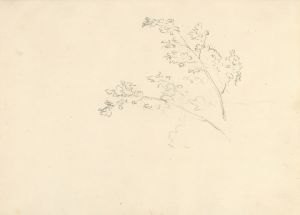

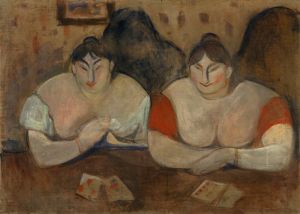
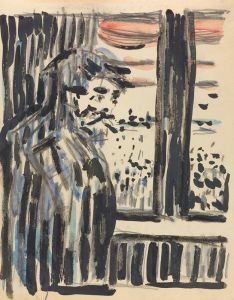
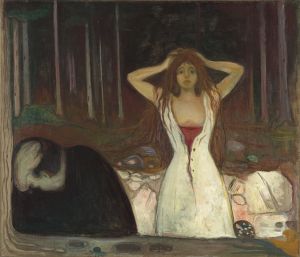
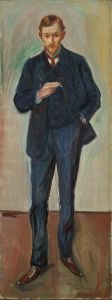

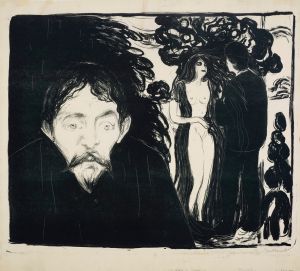

![To Go amongst the Branches, i.e. To Talk through One’s Hat [Ridiculous Folly]](/imgs/264664/s/francisco-de-goya-to-go-amongst-the-branches-ie-to-talk-through-ones-hat-ridiculous-folly-a0d215a6.jpg)